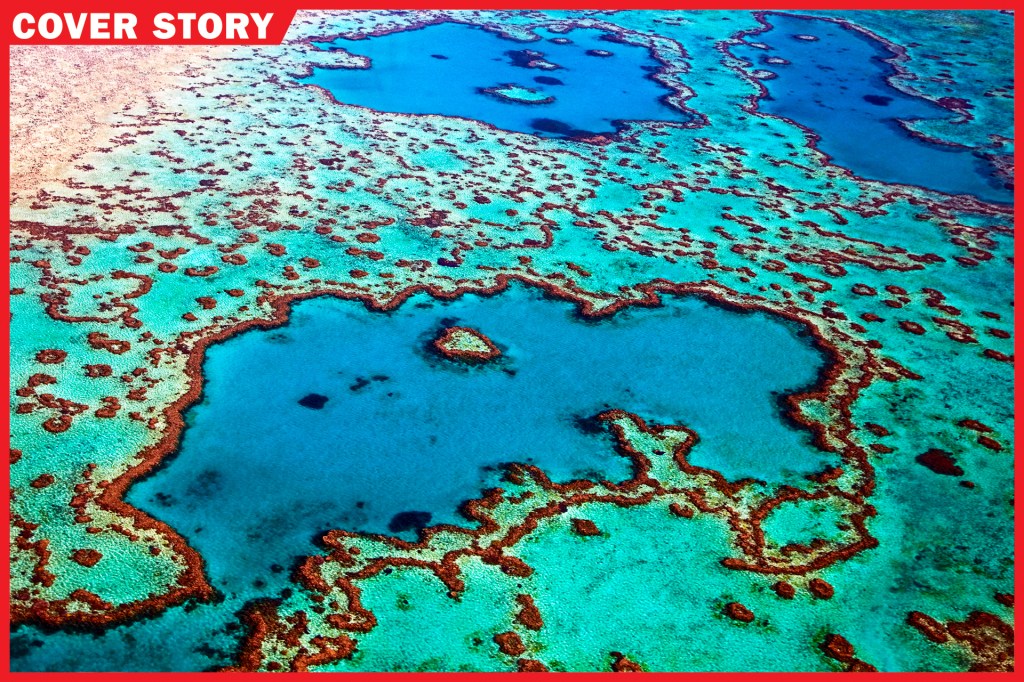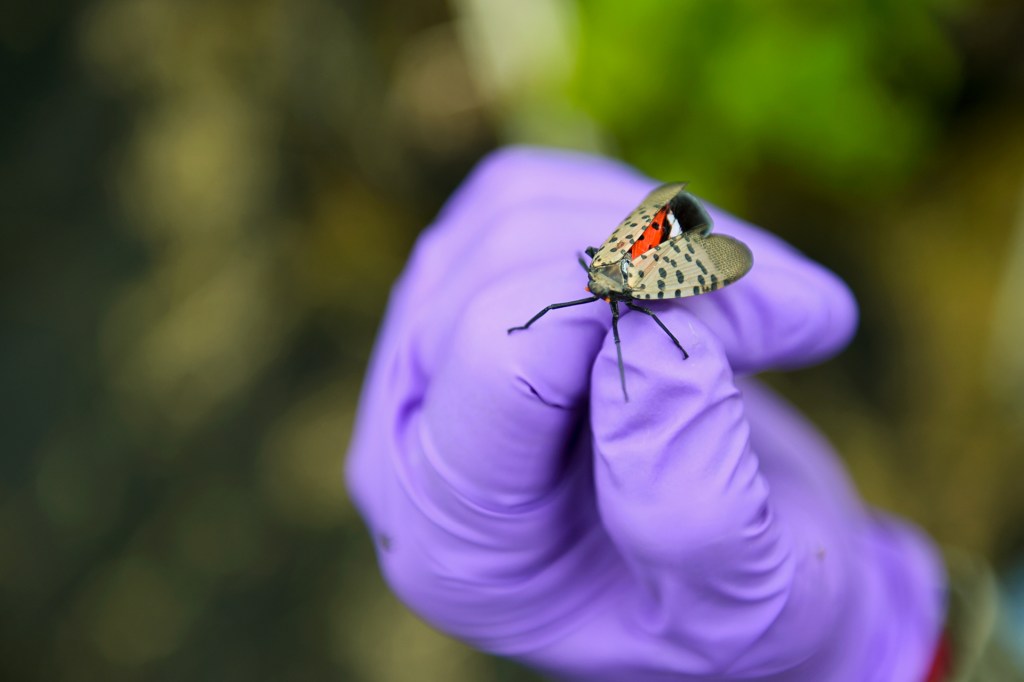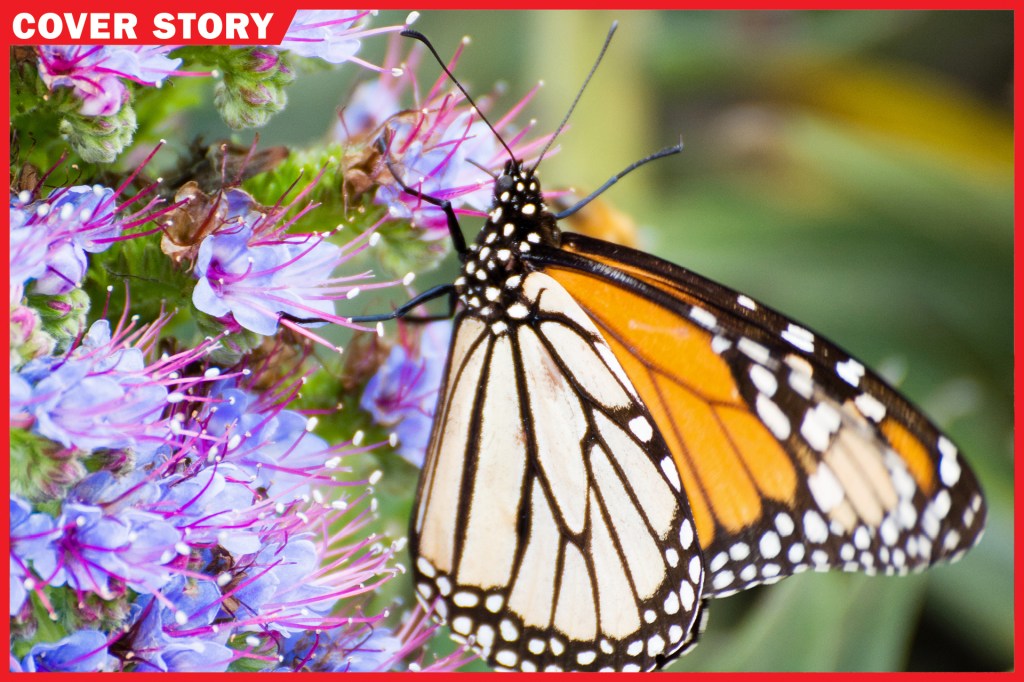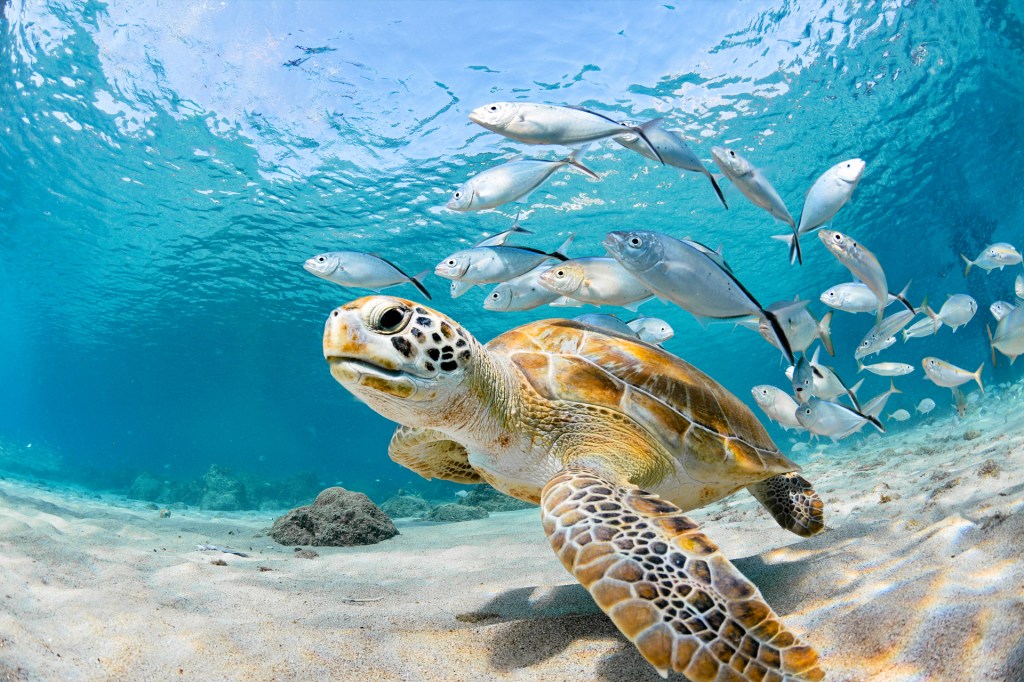Turning the Tide
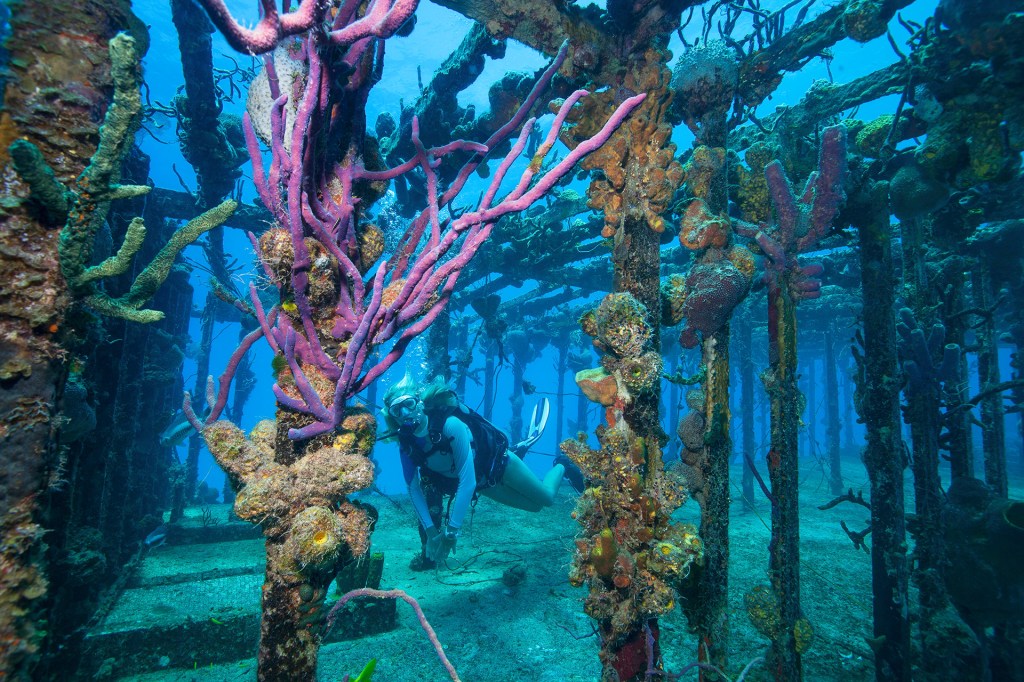
The Tappan Zee Bridge, north of New York City, carried automobiles across the Hudson River for 62 years. But in 2017, a new bridge replaced it. The next year, the old bridge was demolished. Workers picked apart the structure piece by piece.
Now those pieces are being recycled. Massive chunks of metal and concrete have been taken from the Tappan Zee, cleaned, transported to one of several locations off the New York State coastline, and dropped into the Atlantic Ocean. The old bridge is beginning a new life as an artificial reef.
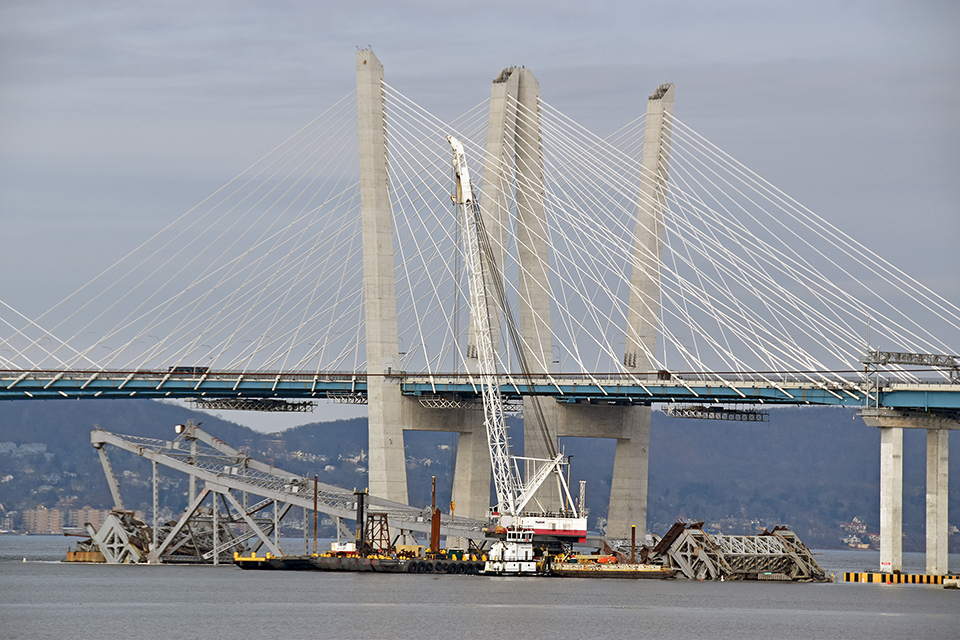
IT'S GOING DOWN A ship surveys what’s left of the old Tappan Zee Bridge (bottom) in early 2018, four days after it was demolished.
STEVE 007—GETTY IMAGESUnder the Sea
Natural reefs are stonelike underwater ridges made of living things called corals. Coral reefs are an important part of the ocean because they serve as a habitat for marine life. They attract tourists to a region, which is good for local economies. Reefs also help prevent erosion
erosion
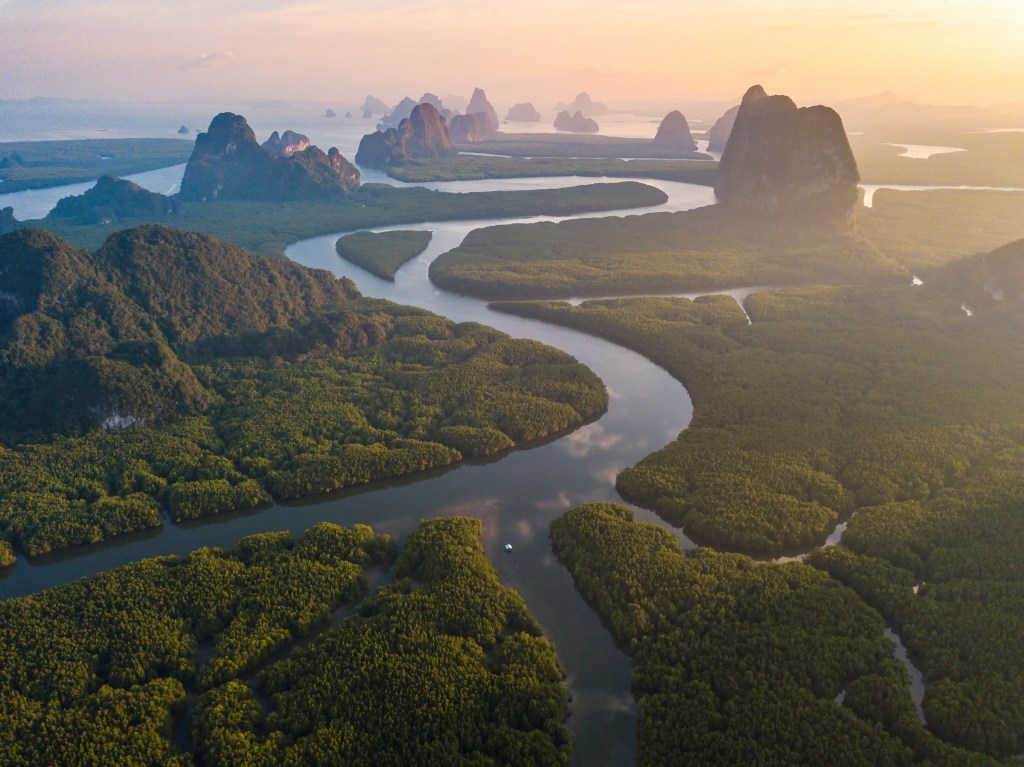 BENTO FOTOGRAPHY/GETTY IMAGES
the wearing away of land by the action of water, wind, or glacial ice
(noun)
Erosion is causing the river to become wider over time.
and protect coastal communities from flooding. “Reefs are great for nature and for people,” Bill Ulfelder told TIME for Kids. He’s with the Nature Conservancy in New York.
BENTO FOTOGRAPHY/GETTY IMAGES
the wearing away of land by the action of water, wind, or glacial ice
(noun)
Erosion is causing the river to become wider over time.
and protect coastal communities from flooding. “Reefs are great for nature and for people,” Bill Ulfelder told TIME for Kids. He’s with the Nature Conservancy in New York.
But coral reefs are in trouble (see “Coral Crisis”). That’s why people are finding ways to build them from artificial materials. Artificial reefs aren’t made of coral, but they can provide many of the same benefits. Over time, coral may even begin to grow on them.
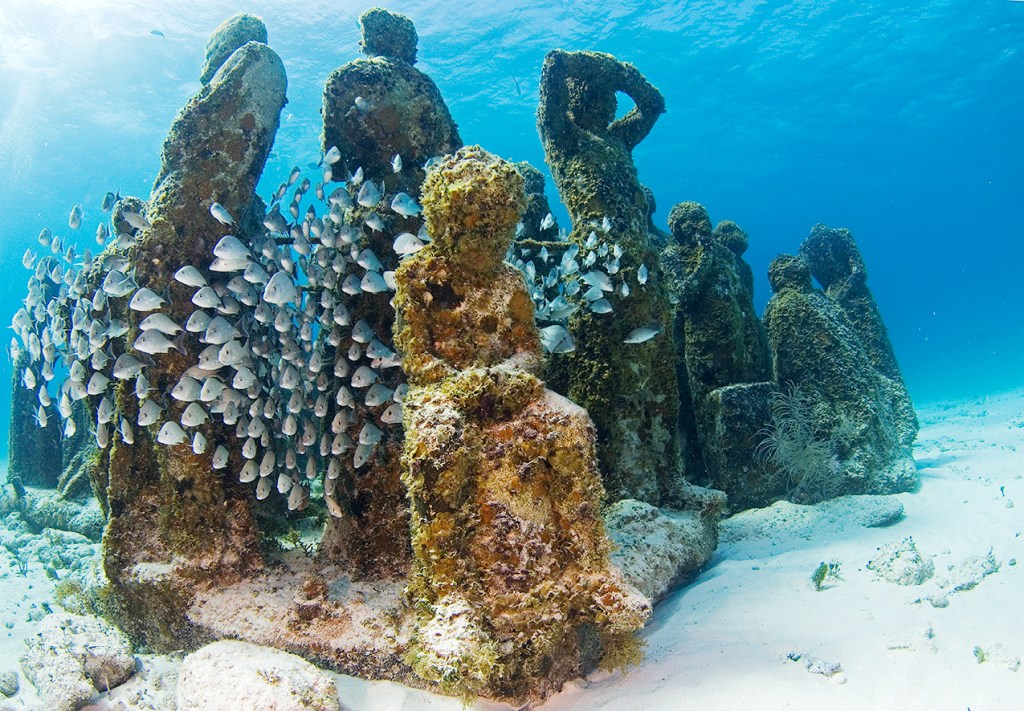
SEA ART With more than 500 life-size sculptures, the Underwater Museum of Art, off the coast of Cancún, Mexico, is also a reef.
LUIS JAVIER SANDOVAL—VW PICS/UIS/GETTY IMAGESUlfelder’s group works to revitalize New York waterways, which were harmed by pollution
pollution
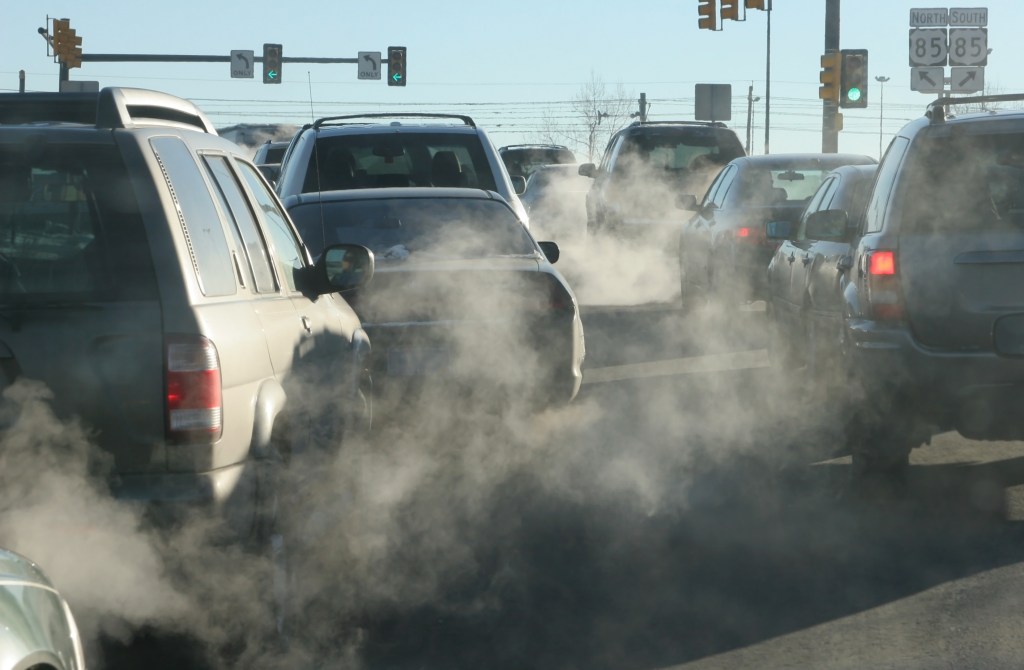 MILEHIGHTRAVERLER/GETTY IMAGES
waste or poisons that are harmful
(noun)
A cloud of pollution filled the sky over the city.
in the 20th century. In recent years, the water quality has improved. Artificial reefs are bringing marine animals back to the area. “Reefs are the big cities of the ocean. They’re vibrant places, with an incredible diversity of marine life,” Ulfelder says. “By creating artificial reefs, we’re able to create new pockets of that kind of habitat.”
MILEHIGHTRAVERLER/GETTY IMAGES
waste or poisons that are harmful
(noun)
A cloud of pollution filled the sky over the city.
in the 20th century. In recent years, the water quality has improved. Artificial reefs are bringing marine animals back to the area. “Reefs are the big cities of the ocean. They’re vibrant places, with an incredible diversity of marine life,” Ulfelder says. “By creating artificial reefs, we’re able to create new pockets of that kind of habitat.”
Help for Troubled Waters
Artificial reefs are created by placing large objects on the ocean floor. Sometimes, objects are built specifically to be used as reefs. They are often made of limestone, steel, and concrete.
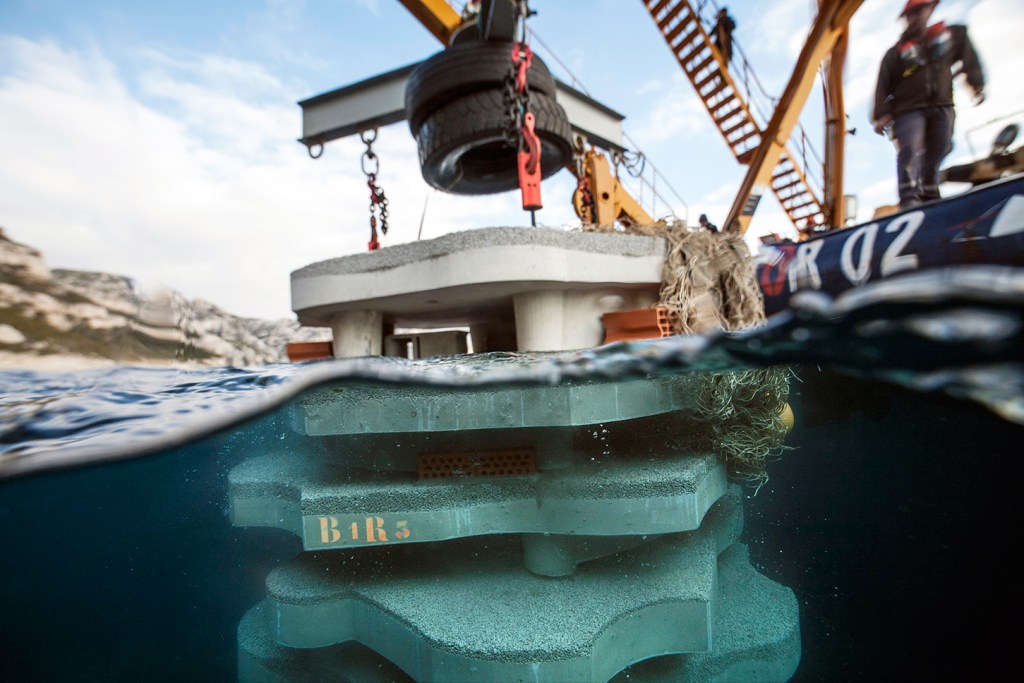
KERPLUNK! A new artificial reef is lowered into the water near Marseille, France, on January 30, 2018.
BORIS HORVAT—AFP/GETTY IMAGESStructures that are no longer being used can also be recycled into reefs. That’s what happened with the Tappan Zee Bridge. Aircraft carriers, subway cars, and military tanks have all been reused in this way. Before being dropped into the ocean, the objects are cleaned and stripped of any materials that could pose a threat to ocean life.
Many artificial reefs are made using decommissioned
decommission
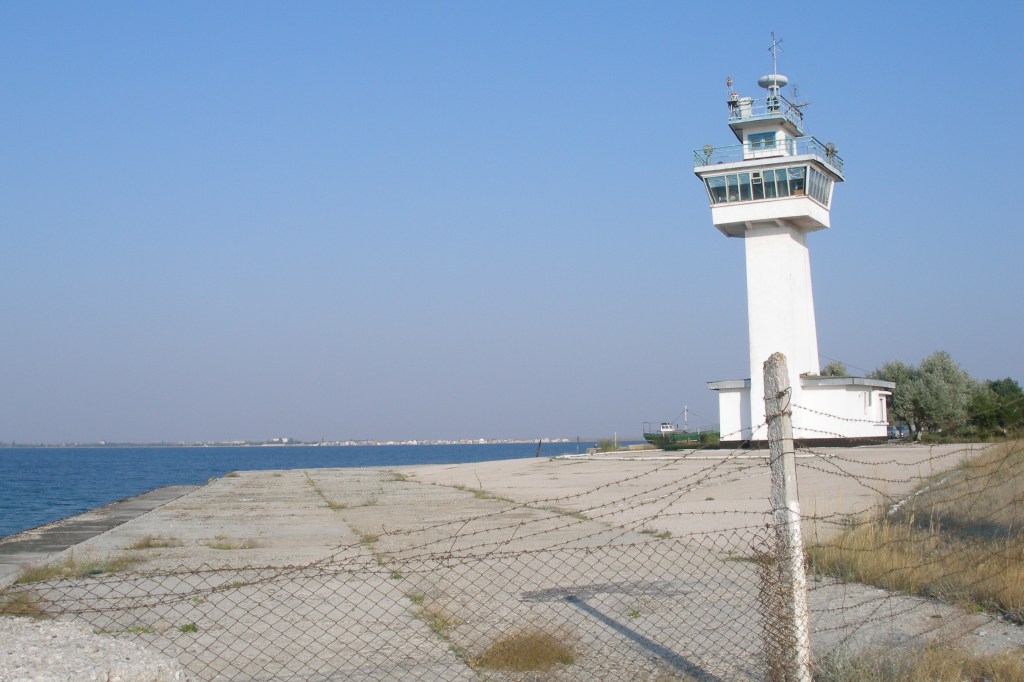 VYACHESLAV ARGENBERG/GETTY IMAGES
to remove from service
(verb)
The military base was decomissioned when the war ended.
ships. In 2005, Jim Walsh helped turn a ship called the Carthaginian II into a reef off the coast of Hawaii. Now, more than a decade later, it’s a popular spot for scuba diving, fishing, and submarine tours. Providing another option for tourists reduces the number of visitors to natural coral reefs. This eases pressure on natural habitats.
VYACHESLAV ARGENBERG/GETTY IMAGES
to remove from service
(verb)
The military base was decomissioned when the war ended.
ships. In 2005, Jim Walsh helped turn a ship called the Carthaginian II into a reef off the coast of Hawaii. Now, more than a decade later, it’s a popular spot for scuba diving, fishing, and submarine tours. Providing another option for tourists reduces the number of visitors to natural coral reefs. This eases pressure on natural habitats.
When the Carthaginian II landed on the ocean floor in 2005, it was little more than a chunk of metal on a bare patch of sand. Now, Walsh estimates that the ship is home to at least 75 animal species, including unicorn fish, goatfish, and moray eels. “It’s amazing to see how much life is on that ship,” Walsh says.
Sidebar: Coral Crisis
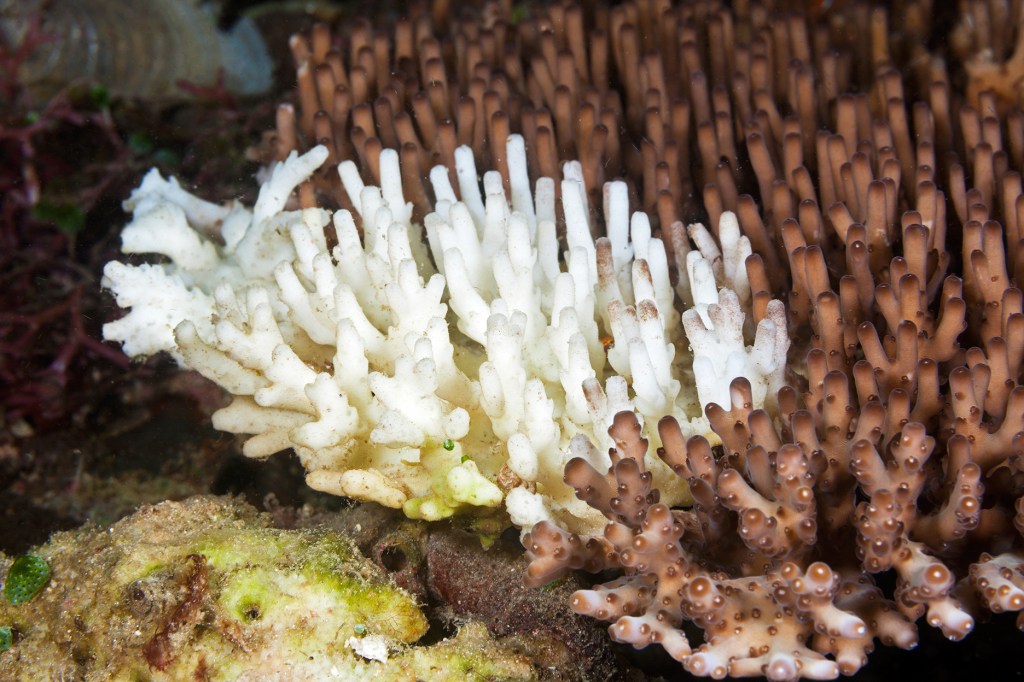
When coral is healthy, tiny, colorful creatures called algae live on it. The coral protects the algae, and the algae are a food source for the coral. But when ocean water gets too hot or too cold, the algae leave the coral. Without algae, the coral has no food. Its color is white. This is called coral bleaching.
The world’s largest reef is the Great Barrier Reef, in Australia. About 93% of this reef has been harmed by coral bleaching. Scientists blame climate change and pollution.

